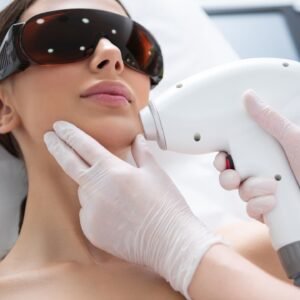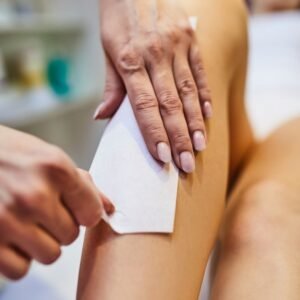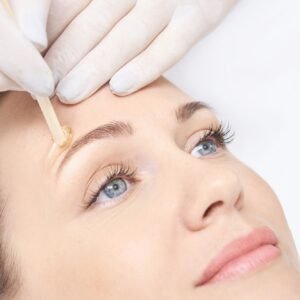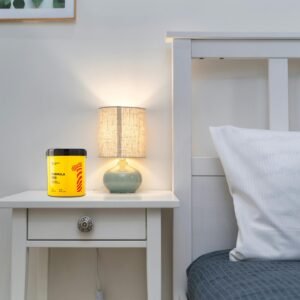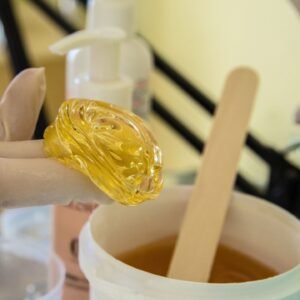Sugaring Without Pain: How to Make it Less Painful
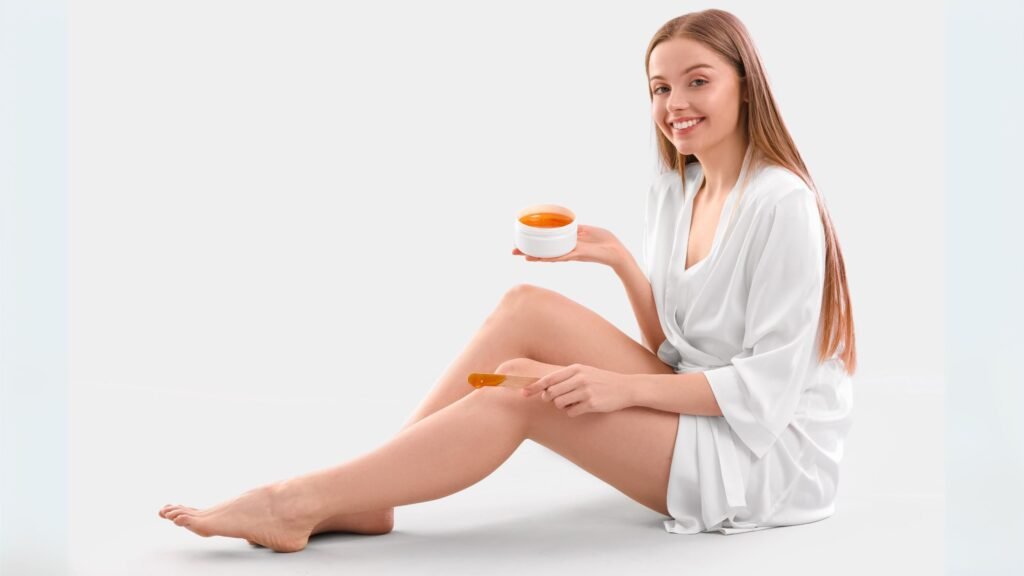
Sugaring has gained popularity as a natural and effective method of hair removal. However, many people are hesitant to try it due to concerns about pain. Fortunately, there are several strategies to reduce discomfort and ensure a more comfortable experience. In this article, we’ll explore proper preparation for sugaring, anesthesia techniques, and general guidelines for masters. By implementing these tips, you’ll learn how to make sugaring less painful and enjoy the benefits of this hair removal method.
Table of Contents
- Proper Preparation for Effective Sugaring
- Anesthesia Techniques for Enhanced Comfort During Sugaring Treatments
- General Guidelines for Sugaring Masters: Best Practices for Successful Hair Removal
- Expert Insight on Painless Sugaring Hair Removal
- Frequently Asked Questions
- How can I prepare my skin for a sugaring appointment?
- Does sugaring hurt?
- What can I do to reduce pain during a sugaring session?
- Are there any natural remedies to ease sugaring pain?
- What are some tips for beauty professionals to make sugaring less painful for clients?
Proper Preparation for Effective Sugaring
Preparation is the key to a successful sugaring experience. The first step in how to make sugaring less painful is to make sure your skin is in optimal condition. Start by exfoliating the area a day or two before your appointment. This will help remove dead skin cells and can prevent ingrown hairs, making the sugaring process smoother.
Hydration is also important. Drink plenty of water in the days before your session. Well-hydrated skin is more elastic and less prone to pain. Also, avoid caffeine and alcohol prior to your appointment; these substances can increase sensitivity and increase discomfort.
On the day of your appointment, make sure your skin is clean and free of lotions or oils. This will help the sugaring paste adhere to the hair and reduce the chance of irritation. Wearing loose-fitting clothing can also help minimize post-treatment discomfort. By taking these steps, or informing your clients of them, you’ll set the stage for a more comfortable sugaring experience.
Anesthesia Techniques for Enhanced Comfort During Sugaring Treatments
Another effective way to manage pain during sugaring is to explore different anesthesia techniques. Many clients find relief with topical anesthetics. Applying a numbing cream approximately 30 minutes prior to sugaring can significantly reduce sensitivity. Be sure to follow the instructions that come with the product and perform a patch test to avoid allergic reactions.
Alternatively, some people use natural methods to relieve discomfort. For example, ice packs can be applied to the area for a few minutes before sugaring begins. The cold temperature numbs the skin and helps to dull the pain. Herbal remedies, such as arnica or calendula, can also soothe the skin after the treatment, contributing to an overall more comfortable experience.
Incorporating breathing techniques during the sugaring session can further help reduce discomfort. Deep, controlled breathing can help calm the mind and body, making it easier to tolerate the sensations associated with hair removal. By combining these anesthesia techniques, you can learn how to make sugaring less painful and enjoy a more relaxed experience.
And for the effectiveness of the whole procedure, it is recommended to use a range of products that includes different types of pastes for specific areas and pre- and post-treatment products:
General Guidelines for Sugaring Masters: Best Practices for Successful Hair Removal
For beauty professionals, understanding how to make sugaring less painful for clients is essential. One of the most important aspects is making sure the sugar paste is at the right temperature. If it’s too hot, it can cause burns; if it’s too cool, it won’t adhere properly to the hair. Proper temperature control is essential to minimize discomfort.
Communication with clients is also important. Encourage them to express their level of pain throughout the process. If they are experiencing significant discomfort, a skilled master can adjust their technique or take breaks as needed. It’s important to create a comfortable atmosphere where clients feel safe to express their concerns.
Finally, continued education and practice can improve a master’s technique, making the sugaring process more efficient and less painful. Regular attendance at workshops and training sessions can help refine skills, leading to better results for clients. By following these guidelines, masters can ensure that their clients leave feeling satisfied and pain-free.
Expert Insight on Painless Sugaring Hair Removal
Sugaring is a wonderful hair removal option when approached correctly. By preparing properly, using anesthesia techniques, and following guidelines as a master, both clients and professionals can navigate the process with greater ease. The goal is to create a positive experience for everyone involved, and with the right techniques and preparation, sugaring doesn’t have to be a painful experience. Focus on comfort, and you’ll transform the way your clients perceive hair removal – it’s as simple as that!
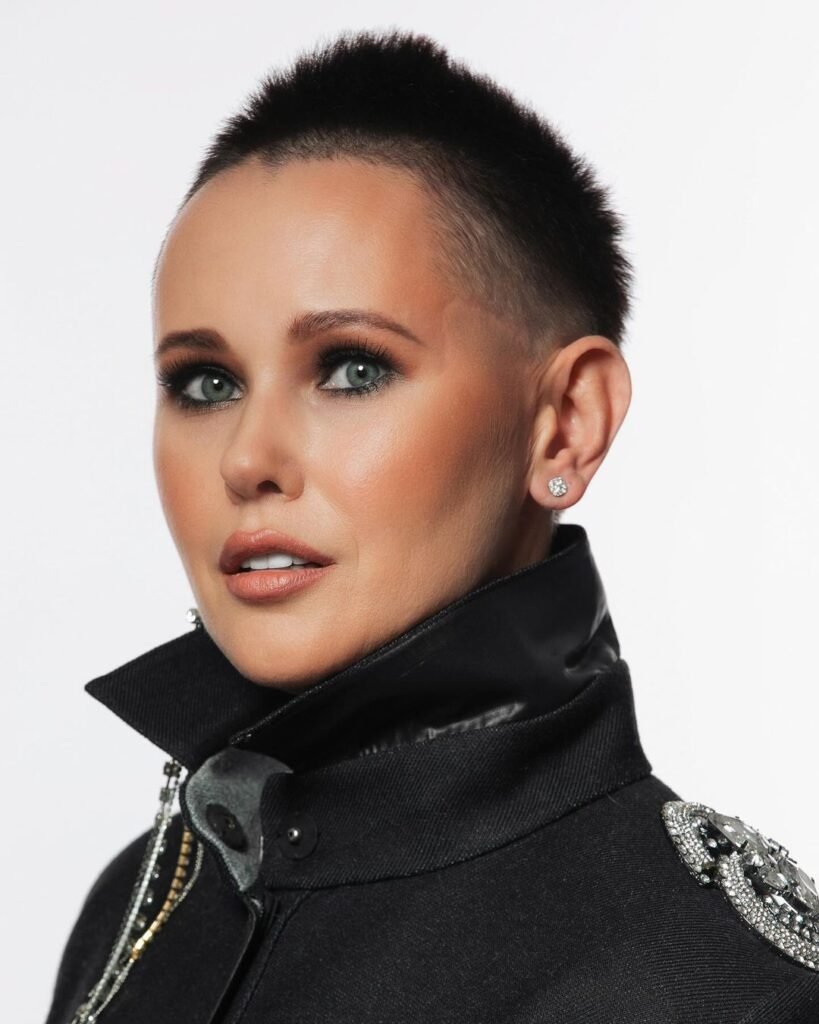
Frequently Asked Questions
How can I prepare my skin for a sugaring appointment?
Exfoliate the area a day or two before your session, stay hydrated, and avoid caffeine or alcohol, as these substances can increase sensitivity. Make sure your skin is clean and free of lotions or oils on the day of your appointment.
Does sugaring hurt?
While sugaring can cause discomfort, there are several ways to make it less painful, such as proper preparation, using numbing creams, and following aftercare recommendations.
What can I do to reduce pain during a sugaring session?
Applying a numbing cream 30 minutes before the session, using ice packs, and practicing deep breathing techniques can help reduce discomfort during the procedure.
Are there any natural remedies to ease sugaring pain?
Yes, herbal remedies like arnica or calendula can soothe the skin post-treatment and contribute to a more comfortable experience.
What are some tips for beauty professionals to make sugaring less painful for clients?
Maintain proper sugar paste temperature, communicate with clients about their pain levels, and adjust techniques as needed. Continued education and practice will also improve technique and minimize discomfort.


